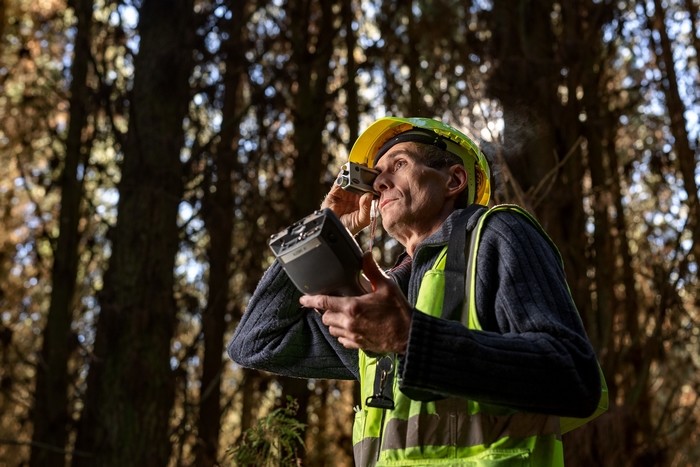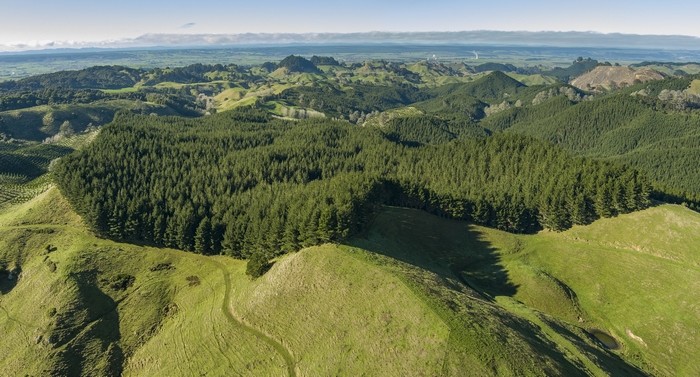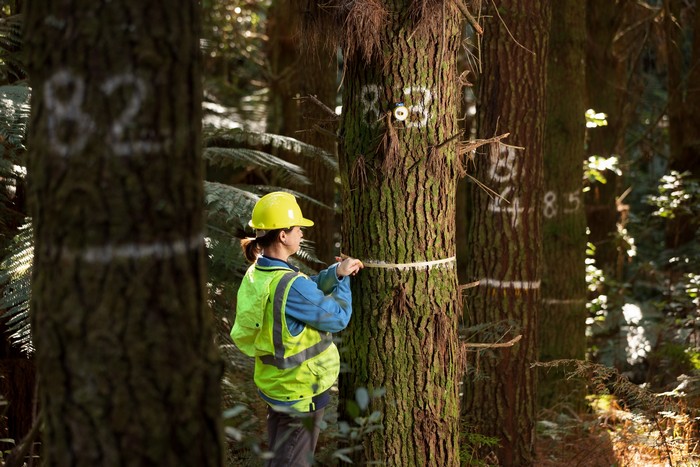New Zealand’s most productive forest

New Zealand has a small number of ‘experimental forests’ reserved for research. The Scion-managed Puruki Experimental Forest (Puruki) is the jewel in the crown. Data and models from Puruki underpin almost every management decision modern forestry companies make today; something never even imagined at the time the forest was established.
Given our changing climate, it is urgent we understand the functions of forests in a wider landscape. Forests are central to New Zealand’s solution for improving water quality, carbon storage, landscape multifunctionality, and biodiversity. Experimental forests are necessary to demonstrate possibilities at scale, to provide data that validates our models, and to help researchers understand impacts of a warming climate on forest health, resilience and productivity. They are also a place to demonstrate new and sustainable forestry practices that can shape and transform future forest management, leading to new forest designs tailored to products, for example, short rotation species for biobased plastics or fuels.
Long-term access to experimental forests like Puruki is essential to carry out the science that will help to realise New Zealand’s opportunity for more biobased products and answer key questions for our nation’s future.
The beginning
Puruki forest is located in the central volcanic plateau of the North Island. The forest is part of the Purukohukohu Experimental Basin established in 1968 in response to a call by the United Nations Educational, Scientific and Cultural Organisation (UNESCO) initiative to address a global decline in freshwater resources.
An ambitious programme of long-term research was established to understand the effects of land use change on local hydrology and derived volcanic soils. The land that is now Puruki forest was converted from pasture to forest in 1973, then harvested and replanted with second rotation pine forest in 1997. The second rotation is now 24 years old and approaching harvest.

Highlights from 50 years of research
For over 50 years Puruki forest has been continuously studied. In that time, research undertaken at Puruki has expanded into areas well beyond the original objectives of the experimental forest. Key research includes land use comparison with pasture and native forests for water yield and quality, soil carbon and nutrients and targeted forestry research on forest health, nutrition and disease, biomass allocation, solar radiation impacts on growth, leaf area and carbon stocks, and spatial variability of rainfall and water yield. This data has gone on to provide invaluable information for the development of New Zealand’s key forestry models including the forest carbon predictor, and nutrient balance model.
Data from Puruki has also been used for hydrological modelling and water quality. One of the key findings showed that there was less nitrogen and phosphorus exported from pine forest than pasture or indigenous forest. This work additionally provided evidence that planted forests both reduce flooding and regulate water flow.
The former land-use of the site has also contributed to interesting findings. The fertile ex-pasture land has helped create one of the fastest growing forests in New Zealand. Puruki had a 54 percent increase in productivity from one rotation to the next, making it 63 percent more productive over the second rotation compared with the national average (all species) for post-1989 planted forest. The results come from a combination of a fertile site, healthy planting stock and high stocking densities. Research has also shown Puruki to have 16 times faster carbon sequestration than natural forest regeneration. If all forests grew like Puruki, less land would need to be converted to trees to meet New Zealand’s net emission targets.

Conclusion
As plans are made to harvest the second rotation and plant a third, there are new opportunities to capture end of rotation and harvest data, and improve our understanding of forest productivity, carbon sequestration, hydrological modelling, water quality, and certain biodiversity values.
The demands on New Zealand’s forests are changing and researchers need a series of long-term forests to provide the data that will enable environmental, economic, social, and cultural opportunities for all New Zealanders. Puruki, close to Rotorua, can be the centrepiece of this trial series and can continue to contribute to future forest and catchment level management strategies.
